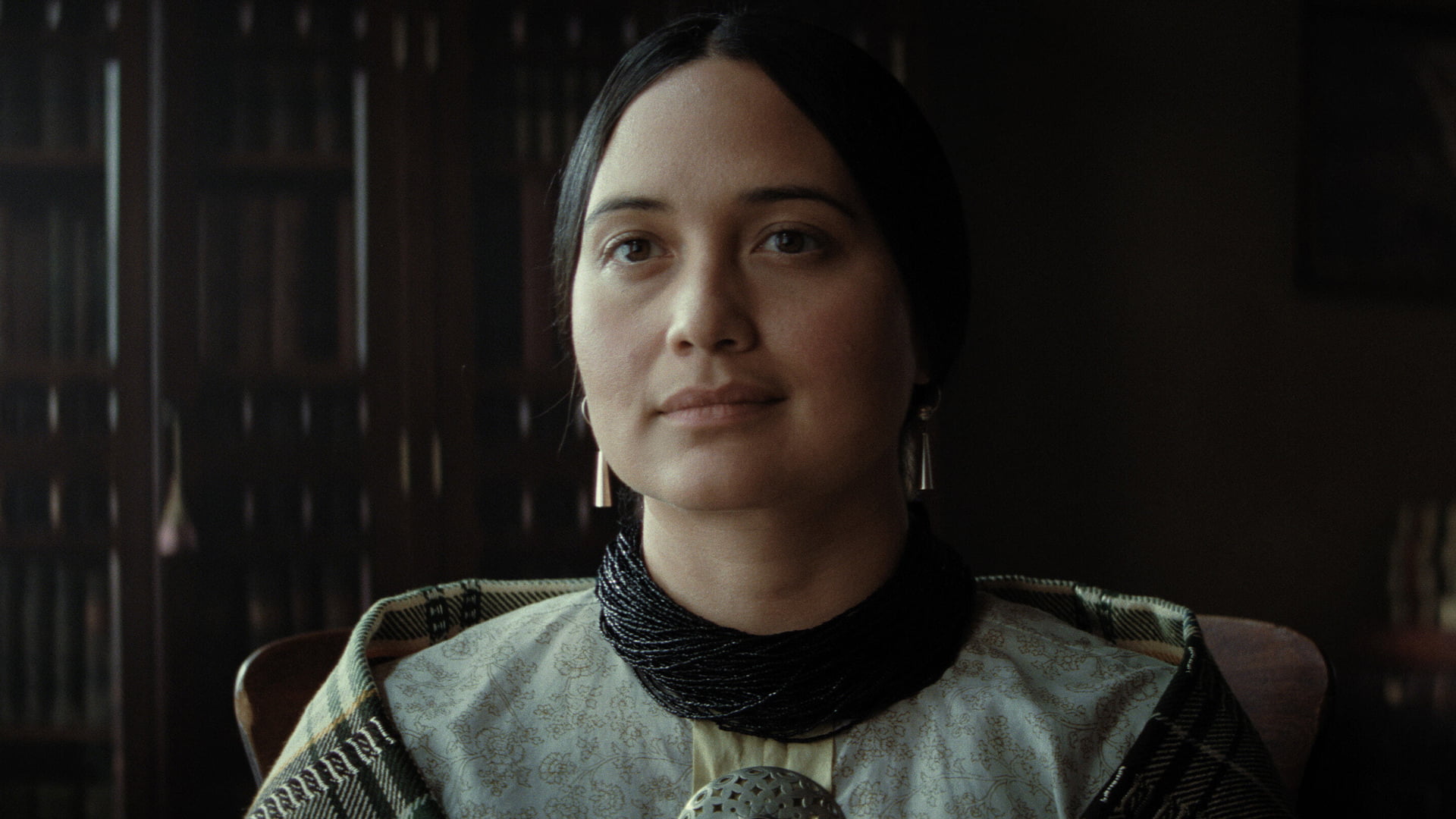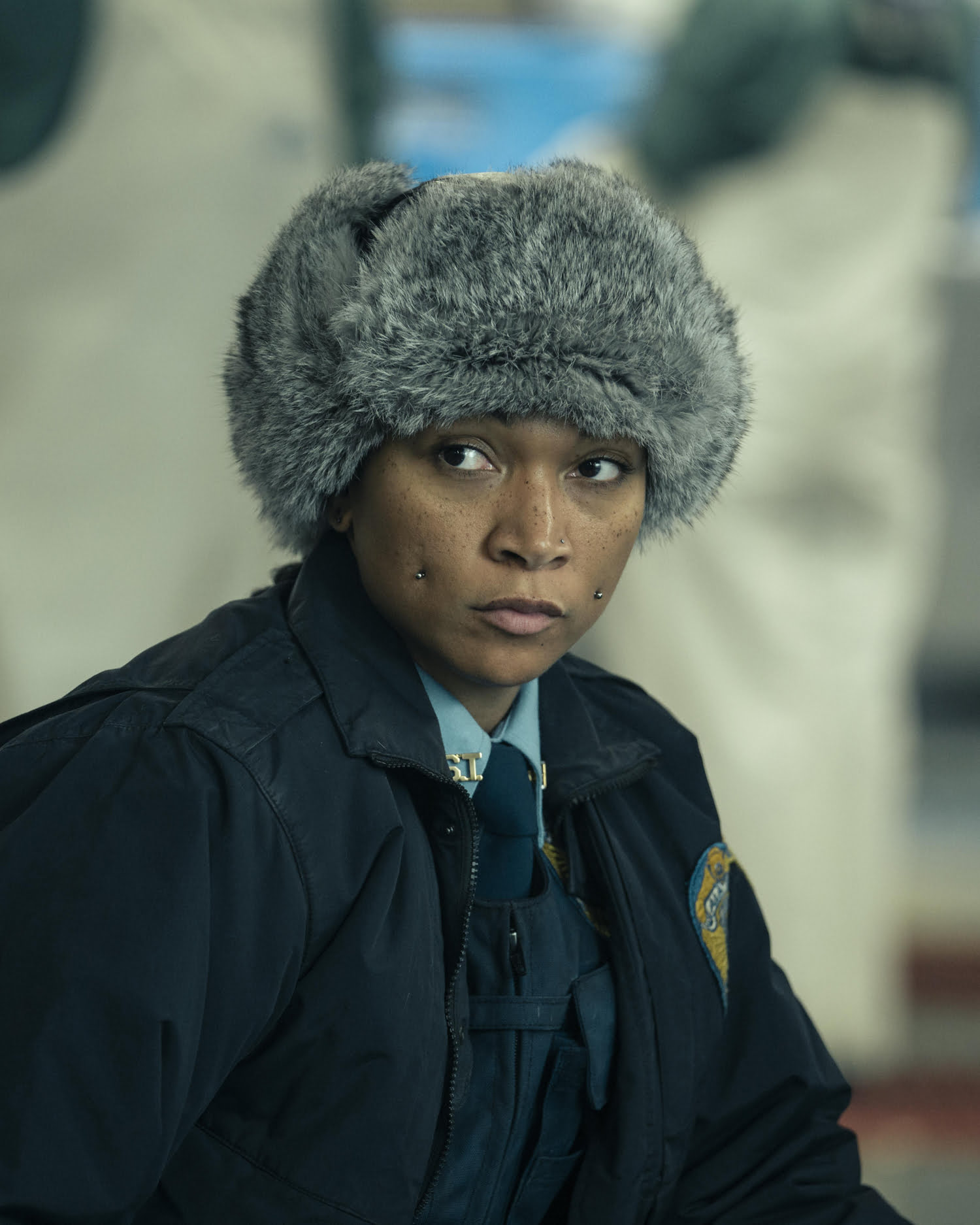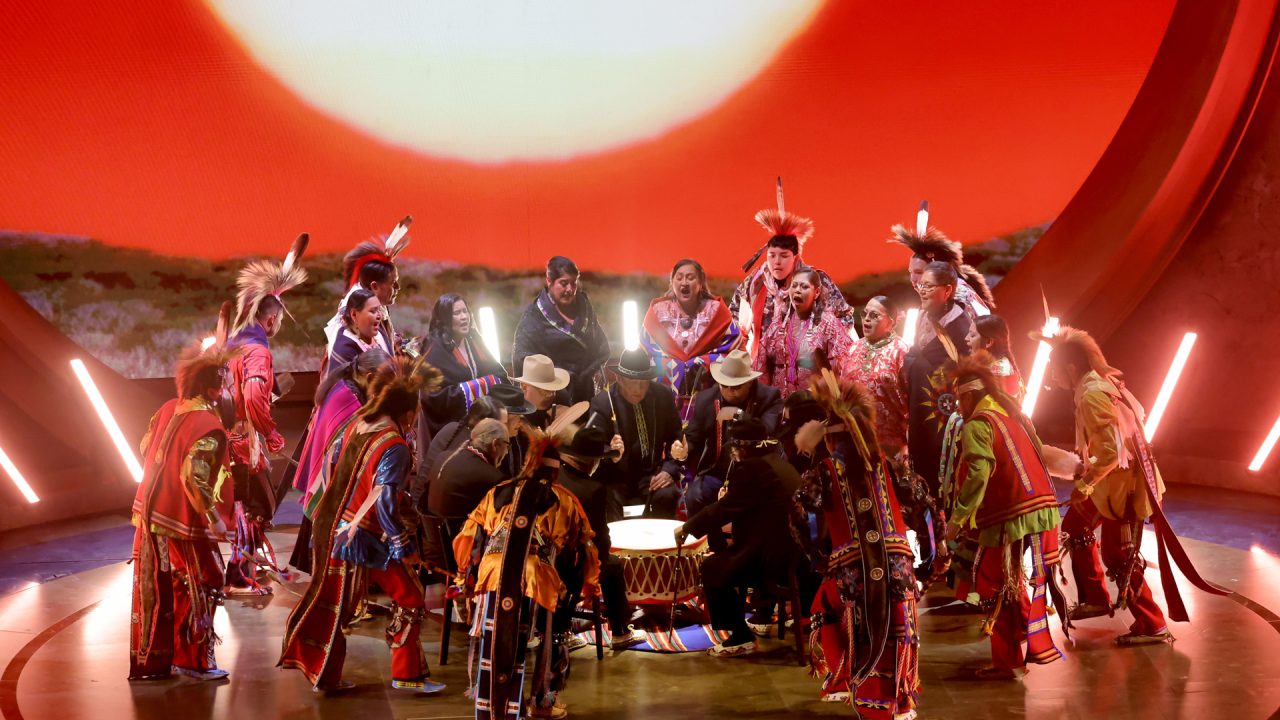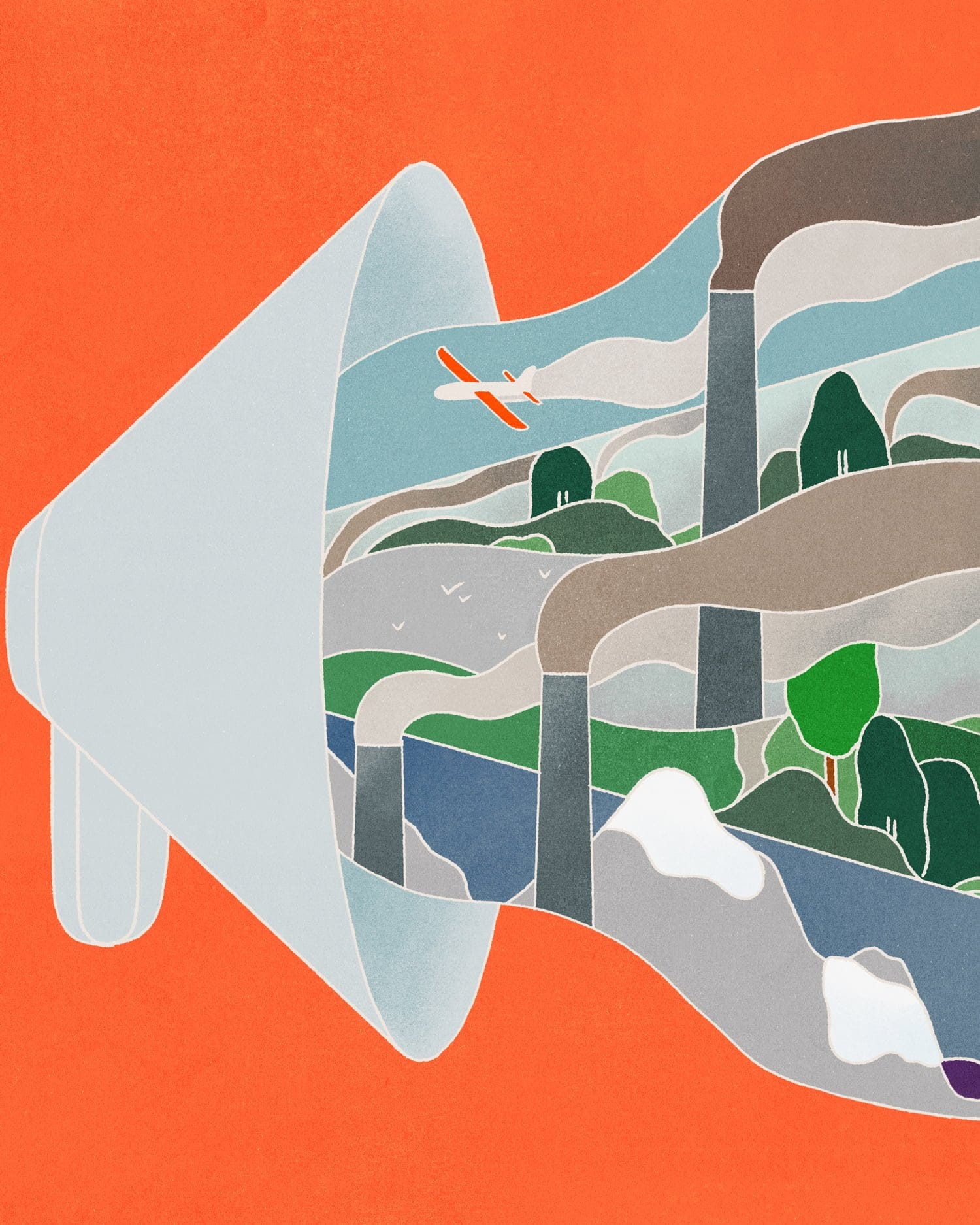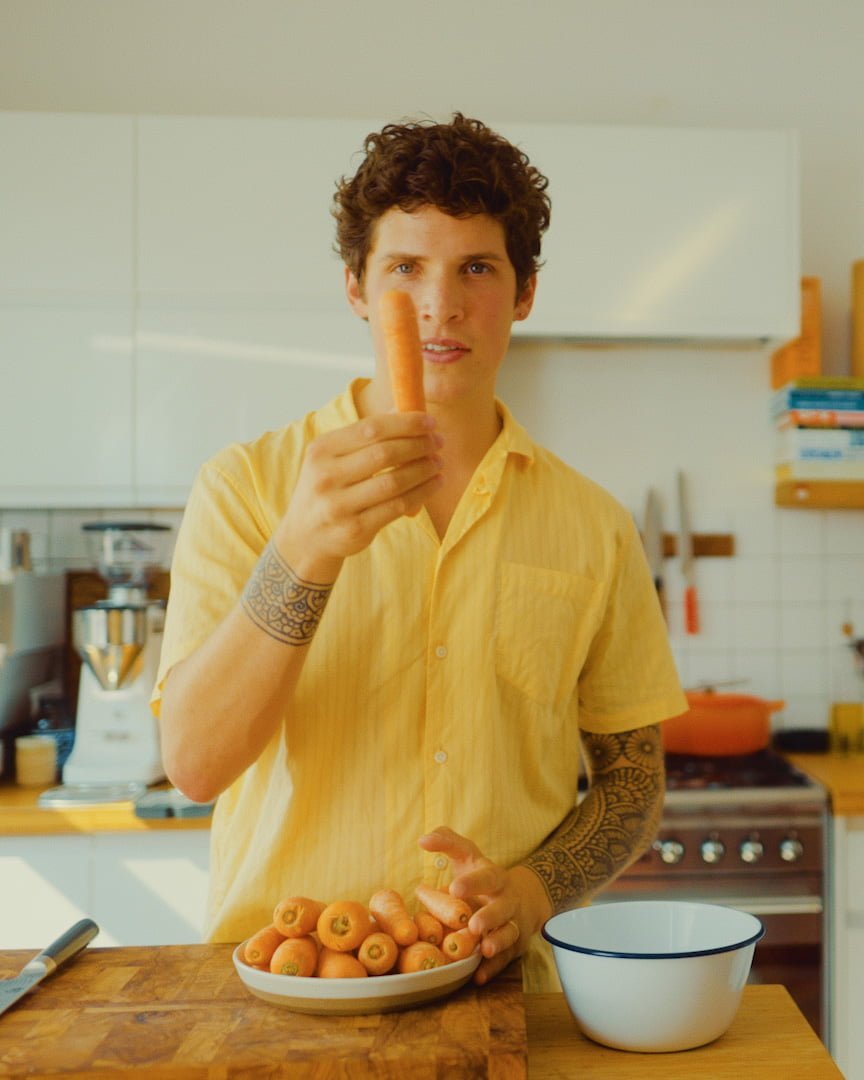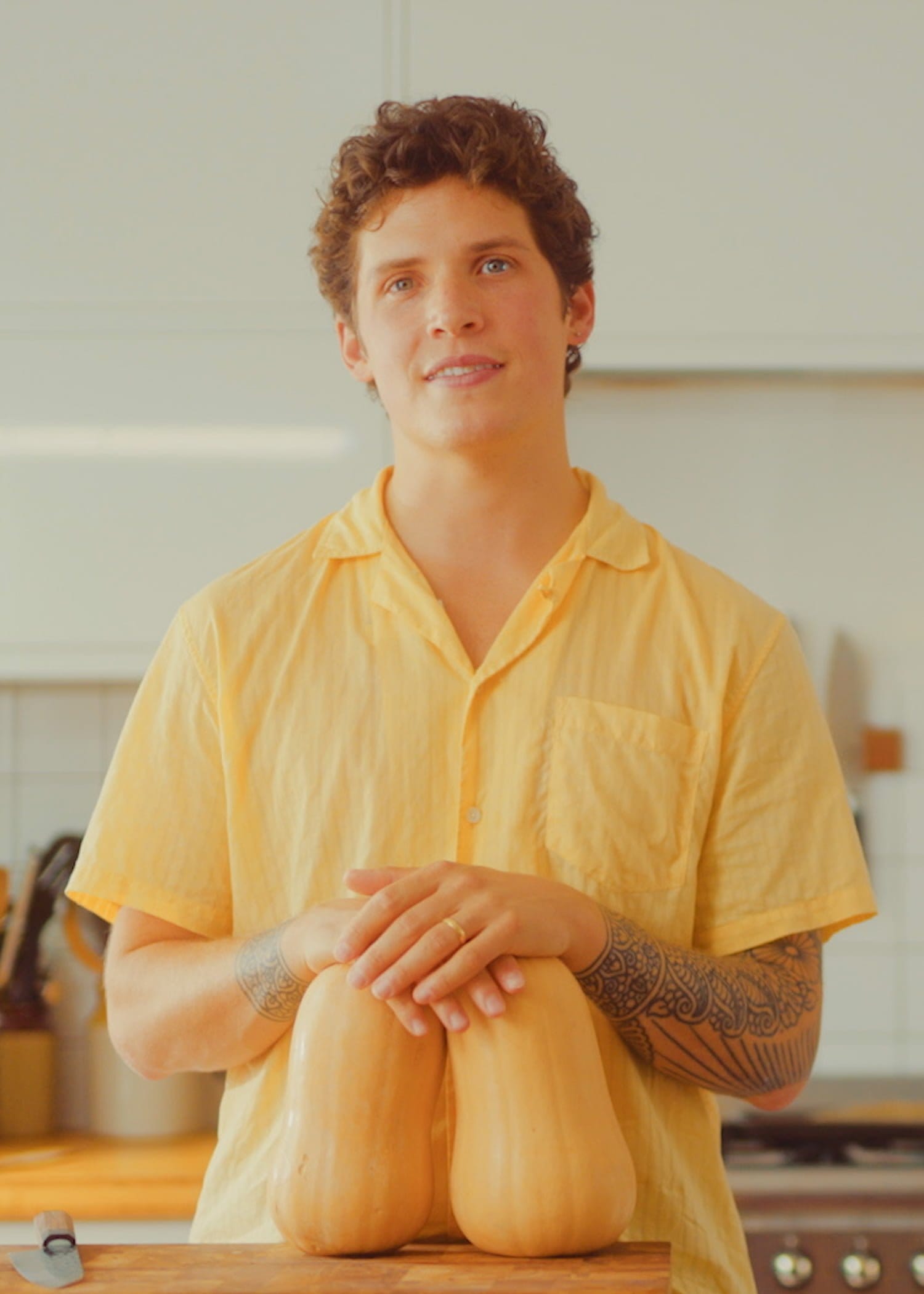For those who speak up for the rights of Indigenous people, and celebrate our role as protectors of the natural environment, the sight of Osage singers and dancers on the Oscars stage this weekend was hugely significant. Lily Gladstone and Scott George have lifted the hopes of a generation.
“I don’t know what to feel,” I said to my parents over the phone.
I felt a mixture of emotions – anger at the injustices, sadness for the Osage people, and mourning for all Indigenous communities. How are you supposed to feel after watching three hours of Indigenous land and lives being stolen?
I was grappling with a history and a reality so present for my own people. Yet my parents seemed to read my mind – even through the phone – and said: “We are Diné (Navajo). We know this story. It’s hard to watch because it’s true. But now it is finally being told.”
The Oscar-nominated Killers of the Flower Moon centers the Osage, an Indigenous tribal nation in Oklahoma, but its impact has touched Indigenous peoples around the world. As one of the few films that truthfully yet painfully depict our stories – and with unprecedented Indigenous presence – Killers of the Flower Moon shifts the narrative of Indigenous history – not to mention representation in the film industry. The film and its phenomenal cast leave a mark on Hollywood that brings Indigenous storytelling to the forefront.
Support Imagine5
We’re able to tell stories like this because of people like you. Join others from around the world in supporting Imagine5’s mission towards a sustainable future. Join today and receive our latest magazine for free.

A history of corrupt “stewardship”
As an Indigenous education and policy researcher, I immediately took notice of how Killers of the Flower Moon weaves through a history of Federal Indian policy that has displaced and erased Indigenous peoples. We see this in the film’s opening scenes, where Osage elders cry as they bury a pipe in ceremony said to “mourn their descendants’ assimilation into white American society”. It’s a legacy from which Indigenous peoples are still recovering. The scene quickly shifts to show one of the most chilling images within the film: oil rains over the Osage people. To the surprise of those who don’t know the history, Indigenous people own this oil.
Through a federal agreement with the United States, the Osage Nation obtained mineral rights to their land. So when oil was found, leases were given to the Osage granting headrights, but these required white court-appointed legal guardians to manage their funds under a “minors and incompetents” system. Lily Gladstone got an Oscar nomination for their performance in the film as Mollie Burkhart, who has to declare herself “incompetent” to access her wealth.
Soon white men start taking advantage of the limited legal protections by marrying Osage women to become guardians of their estate and killing Osage people in cold blood to steal their property.
“Would the environment be in the mess it’s in today if Indigenous peoples had been treated more justly in the past?”
Thinking of the Osage, I imagine a world in which they were granted true land stewardship. How many lives would have been saved? How might it have strengthened their culture and traditions? And how would this translate to Indigenous storytelling? Would more Osage stories have been told sooner? Would Indigenous peoples be the ones directing, writing, and producing Oscar-nominated films?
These “what ifs” are even more fascinating against the backdrop of our current crisis of climate and nature – because not only are Indigenous people among those hardest hit by the effects of climate change, they are also highly successful at protecting climate and biodiversity when they have control of their own land. Would the environment be in the mess it’s in today if Indigenous peoples had been treated more justly in the past?
A turning point for Indigenous storytelling
Even with these questions in mind, never in my life would I have thought that Indigenous people would throw Oscars watch parties.
The Osage Nation, Blackfeet Nation, and other Indigenous communities across Turtle Island (North America) tuned into this year’s Academy Awards in anticipation of another milestone win. Killers of the Flower Moon received 10 nominations, including the only two Indigenous nominations: Lily Gladstone for Best Actress and Scott George for Best Original Song. Fewer than 20 Indigenous people have been nominated in the Oscars’ 96-year history. However, what made this year’s ceremony different from any other was that there was Indigenous hope.
Oscar-nominated Scott George and Osage singers and dancers blessed audiences with the song Wahzhazhe (A Song for My People). As the beats of the drums slowly synced and became the heart of my own, I felt a sense of pride in a space where we, as Indigenous peoples, are neglected. Not pride that our culture was allowed into the Oscars, but pride in the Indigenous individuals who paved the way to get there: a moving and historic achievement, even if the awards ending up going elsewhere.
Lily Gladstone, a Blackfeet and Nez Perce actor, director, and producer, raised on the Blackfeet Reservation in Montana and Seattle, is only the second Indigenous woman to be nominated for the Best Actress Award (after Yalitza Aparicio for Roma). Beyond the success of Killers of the Flower Moon, Gladstone has graciously placed the Indigenous community at the center of their work, uplifting Indigenous storytelling on and off the screen.
In interviews, Gladstone has spoken about themes in the film that remain relevant today, such as the crisis of missing and murdered Indigenous women and girls. They have also used this heightened visibility to spotlight Indigenous talents in the films and TV shows such as Whale Rider, Frybread Face & Me, Fancy Dance, True Detective: Night Country, Echo, Rez Dogs, and Rutherford Falls.
In true Lily fashion, they stated to the New Yorker, “If I’ve kicked the door in, I’m just trying to stand here and leave it open for everybody else.”
As Indigenous peoples, we are always fighting for a better future because we know spaces like the film industry are not made for us. Amid a climate crisis, this representation is more important than ever – not just in the movies, but at the world’s key decision-making tables – because Indigenous communities are particularly vulnerable to climate disruption, and particularly well placed to help mitigate it. On Sunday night it felt like the stories we have been telling for time immemorial were finally where they belong. Let’s keep them there.

Kianna Pete is a Diné/Navajo scholar, advocate, and Indigenous education and policy researcher from New Mexico. She works with Indigenous communities from the Global North and South, environmental justice organizers and legal professionals to promote Indigenous self-determination. Kianna also creates educational content for Start:Empowerment about Indigenous climate resilience and resistance. You can follow her on instagram.

We’re able to tell stories like this because of people like you. Join others from around the world in becoming a member, and supporting Imagine5’s mission towards a sustainable future. Find out more here.
Big on taste, low on food waste
